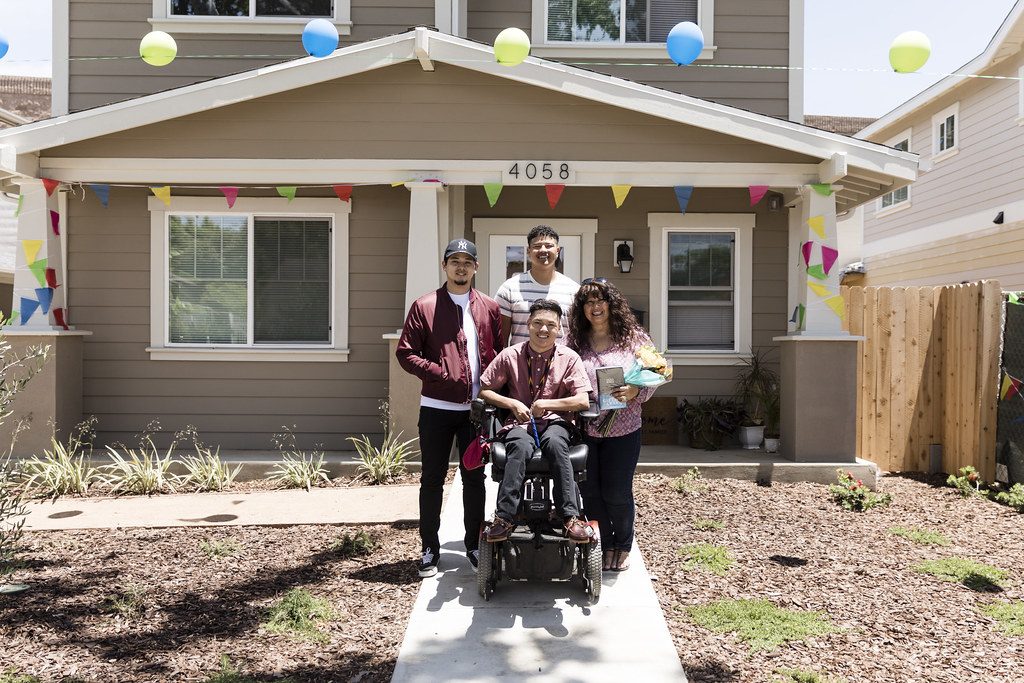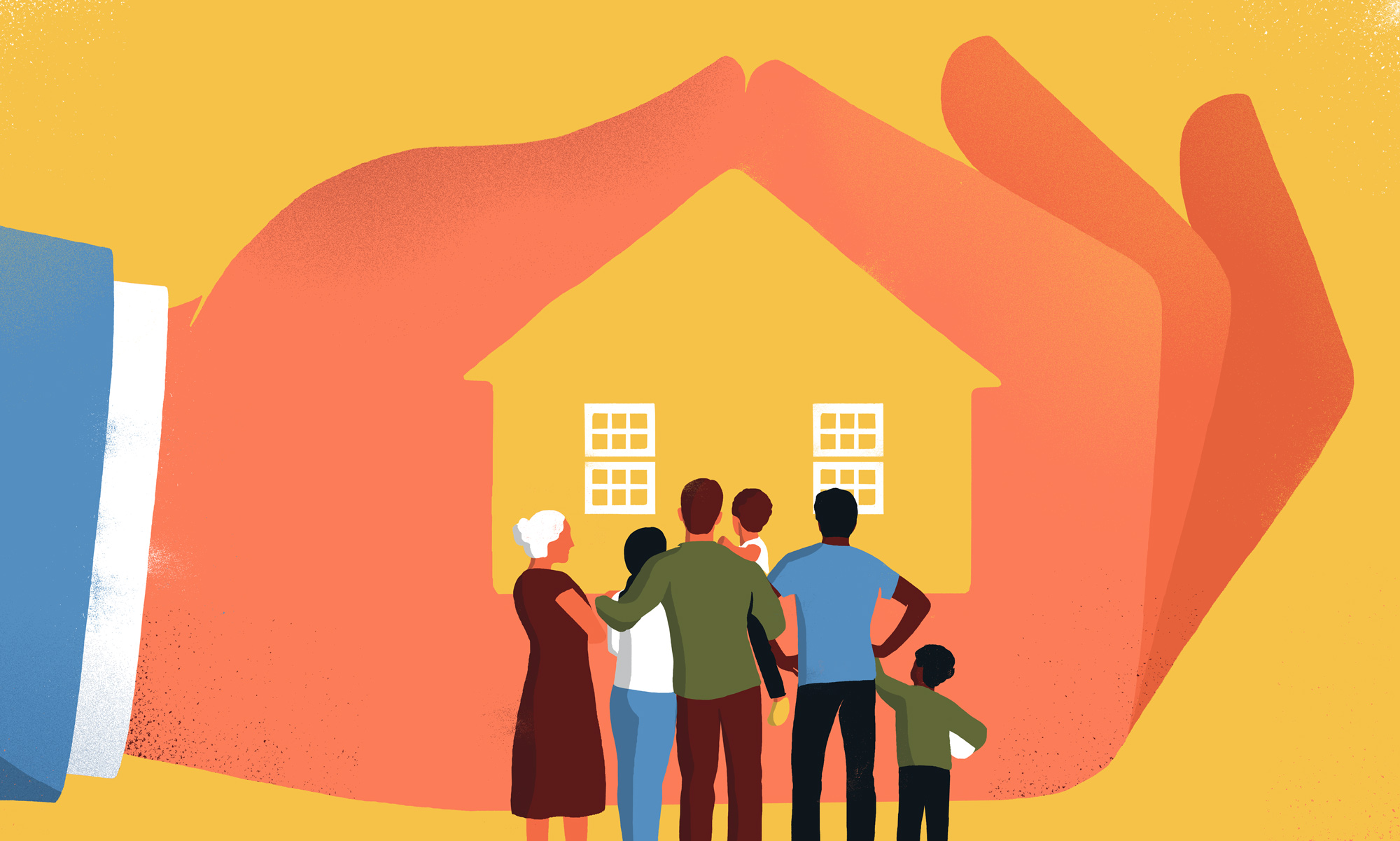Inexpensive Homeownership Options for First-Time Homebuyers
As the real estate market continues to progress, newbie property buyers deal with special obstacles in protecting budget-friendly homeownership choices. Different sources, consisting of federal government support programs, low-down-payment home loans, and targeted grants, have emerged to minimize financial stress. These efforts not just promote homeownership yet also foster community stability and economic development. Nevertheless, navigating these options can be complex, and understanding which pathways are most useful requires mindful factor to consider. What strategies can possible homeowners employ to optimize their chances in this landscape?
Federal Government Assistance Programs
Federal government help programs play a vital role in making homeownership obtainable for many people and family members. These programs intend to reduce the economic burden connected with purchasing a home, especially for new buyers. By using economic help, grants, and tax obligation incentives, government efforts aid bridge the gap between increasing real estate prices and the buying power of possible house owners.
Various programs are offered at the government, state, and local degrees. The Federal Housing Administration (FHA) supplies insurance coverage on lendings, permitting loan providers to offer more beneficial terms, such as lower down repayments and decreased rate of interest prices. Furthermore, state and regional federal governments usually have their very own initiatives, which may include deposit assistance programs, buyer education and learning training courses, and desirable home mortgage terms.
These programs are created to attend to the one-of-a-kind challenges encountered by low- to moderate-income families, consisting of minimal savings and credit background. By promoting an atmosphere where homeownership is extra available, government support programs not just sustain individual aspirations yet additionally add to community security and economic growth. Understanding and using these resources can considerably enhance the prospects of successful homeownership.
Low-Down-Payment Home Loans
For many ambitious house owners, low-down-payment home mortgages provide a practical pathway to homeownership, particularly in today's difficult real estate market. These mortgage alternatives usually require down settlements ranging from 3% to 5%, making it less complicated for first-time purchasers to enter the market without the worry of saving for a considerable deposit.
Numerous lending institutions supply low-down-payment programs, consisting of traditional fundings backed by Fannie Mae and Freddie Mac, along with government-backed options like FHA financings. These home mortgages are developed to fit people with restricted financial savings while still supplying competitive rate of interest. Importantly, they permit buyers to maintain even more cash for various other necessary costs, such as moving prices, home examinations, and prospective improvements.
Nonetheless, prospective homeowners need to be mindful of the compromises linked with low-down-payment home mortgages. A smaller down repayment may lead to higher monthly payments and the need of private mortgage insurance coverage (PMI), which secures lenders in instance of default. It is critical for novice purchasers to perform comprehensive research and seek advice from with home mortgage specialists, ensuring they choose a low-down-payment alternative that straightens with their long-lasting economic goals.
First-Time Buyer Grants
Several newbie homebuyers find that grants can substantially relieve the monetary burden of buying a home, enhancing low-down-payment mortgage alternatives. These gives, commonly offered by state and non-profit organizations or neighborhood governments, offer economic assistance that does not need payment, making them an attractive choice for those entering the housing market.
Qualification for newbie buyer gives generally depends on earnings, creditworthiness, and the acquisition rate of the home. Several programs are developed to help low- to moderate-income family members, making sure that support gets to those that require it most. The application process usually involves documents of monetary standing, homebuyer education courses, and sometimes also a dedication to remain in the home for a particular period.
The quantity helpful varies commonly, with some grants giving a number of thousand bucks to aid cover shutting costs or deposits. Researching available gives in your area is crucial, as programs often change and might have details demands. By leveraging these funds, new homebuyers can make homeownership a lot more available, inevitably accomplishing their imagine owning a home while reducing the first economic pressure.
Cutting-edge Neighborhood Campaigns
Ingenious area campaigns are playing an important role in broadening budget-friendly homeownership options for homeowners. These campaigns commonly entail collaborative efforts in between regional governments, charitable companies, and economic sector stakeholders to produce sustainable housing services tailored to area requirements.
One significant method is the facility of area land counts on (CLTs), which permit homeowners to buy homes while the land continues to be owned by the depend on. This version helps keep price gradually and protects against speculative cost increases. Additionally, CLTs usually supply instructional resources and support services to empower first-time buyers.
One more efficient campaign is the growth of mixed-income housing projects, which blend affordable systems with market-rate homes. This approach fosters comprehensive areas and decreases the preconception often linked with low-income housing. Neighborhood federal governments are increasingly sustaining zoning reforms to promote the building and construction of websites accessory dwelling systems (ADUs), which can supply added rental income for house owners while enhancing real estate availability.

Tips for Budgeting and Saving

Following, develop a dedicated interest-bearing account specifically for your future home acquisition. Aim to save a percentage of your earnings consistently, ideally 20% or more, to construct a substantial down payment. Make use of automation tools, such as straight deposit or automatic transfers, to make conserving simpler and more constant.
Additionally, consider taking on the 50/30/20 rule: allocate 50% of your revenue to needs, 30% to wants, and 20% to savings and debt settlement - Affordable visit the site Homeownership. This technique advertises balanced monetary health and wellness

Verdict
In summary, inexpensive homeownership alternatives for newbie homebuyers include different sources such as government aid programs, low-down-payment home mortgages, and gives. By leveraging these financial tools, individuals can navigate the intricacies of homeownership, inevitably adding to a more equitable housing landscape.
As the housing market proceeds to advance, new homebuyers encounter one-of-a-kind challenges in securing affordable homeownership alternatives. By cultivating a setting where homeownership is extra available, government aid programs not only support private aspirations however also add to community stability and financial development. By leveraging these monetary resources, newbie buyers can make homeownership extra available, ultimately attaining their dream of owning a home while alleviating the first monetary stress.
In recap, inexpensive homeownership options for newbie buyers incorporate different resources such as federal government support programs, low-down-payment mortgages, and gives. By leveraging these economic devices, individuals can navigate the complexities of homeownership, inevitably adding to a much see this more fair real estate landscape.
Comments on “The Key to Achieving Stability with Affordable Homeownership”